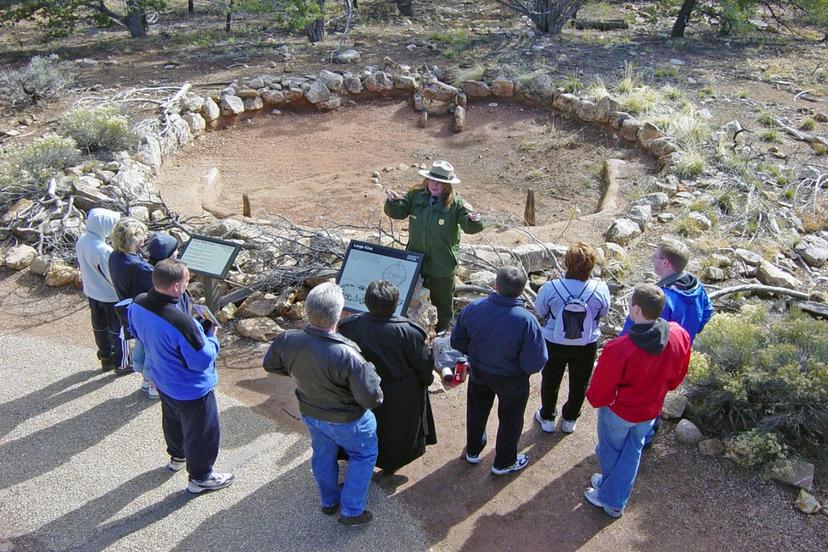Parks and Public Lands

Industry Outlook
There is a wide range of jobs on parks and public lands in this country, but their numbers depend on the economy and the priorities of Congress, the president, and state and local government budgets. During the late 2000s and early 2010s, state and local governments were reducing their spending and cutting funding to parks. The result was a greater dependency on volunteers to help staff parks.
The coronavirus pandemic had a deep impact on natural parks and public lands in 2020. Lockdowns and social distancing requirements reduced the number of visitors to parks early in the pandemic. Large revenue declines were expected, with yearly visitor rates dropping by more than 20 percent in 2020. Staffing at parks and public lands was reduced to curb costs. As lockdowns eased and people sought outdoor activities, visitations to parks and public lands increased, and maintenance of the parks was difficult with limited staffing. Access to public parks and open spaces became essential for many people during the pandemic, and as described by the The Trust for Public Land, parks and public lands were having "some of their highest usage in modern times." Since the pandemic, more people have realized the importance of parks in maintaining health and wellness, and in easing stress and anxiety.
The outlook for national parks and public lands is brightening since the COVID-19 vaccine rolled out in 2021. Greater visitation to national parks and public lands is projected by the summer of 2021. In addition, domestic and international travel is expected to rebound after the pandemic and grow through 2026. In January 2021, there were 1,134 national parks and other nature institutions in the U.S., employing nearly 8,000 people, according to the research group IBISWorld.
The greatest difficulty in getting jobs in this field is the stiff competition for them. Although most jobs in parks and public lands are not very high paying, they are quite secure and are considered very desirable by people who enjoy working outdoors or with the various elements of the natural world.
According to the U.S. Department of Labor (DOL), the number of jobs for foresters and conservation scientists is expected to grow by only 3 percent through 2028, which is slower than the average for all occupations. Most opportunities will be found at the federal level, due to tightened state and local government budgets. The DOL expects fire prevention, management, and restoration to be the primary tasks of these employees in the coming years. Foresters will also find job opportunities with private forests or companies that are utilizing the land to obtain timber and pellets. Foresters and conservation scientists with strong knowledge of geographic information system technology, remote sensing, and other software tools will have the best job prospects.
Another common job in the park system is groundskeepers, and it is one job in the industry that is expected to grow at a good rate. The DOL says the number of groundskeeper jobs will increase by 9 percent through 2028, which is faster than the average. Although this category includes workers of landscape companies, the DOL does say that a factor leading to the increase is the number of new urban parks that are being developed in large cities throughout the country.
Wildlife biologists or specialists will have about average employment growth of 5 percent through 2028. Although the number of jobs is dependent on government funding, which has been less than in past years since the mid-2000s, there are also more areas of cities that are expanding beyond their borders, affecting the local wildlife at area parks and creating the need for these workers.
Environmental scientists and specialists will have strong job growth, 8 percent, through 2028. The population growth has placed increased demands on the environment, and environmental scientists and specialists will be needed by state and local governments to analyze environmental problems and develop solutions to ensure the health of communities. Businesses will also need environmental scientists and specialists to help improve their operations, reduce waste, prevent pollution, and conserve resources.
Another job that has a positive outlook is that of the recreation worker or educational program employee at parks. The DOL expects the number of these jobs to increase by 8 percent through 2028. As mentioned, most opportunities for these workers occur at state and city parks, but they may also find good opportunities during the summer for special camps.
Overall, the best future opportunities in parks and public lands may come in the areas of environmental education, computer specialization, and internal resource or information management as managers of these lands continue to educate the public about their importance and benefit to the communities they serve.
